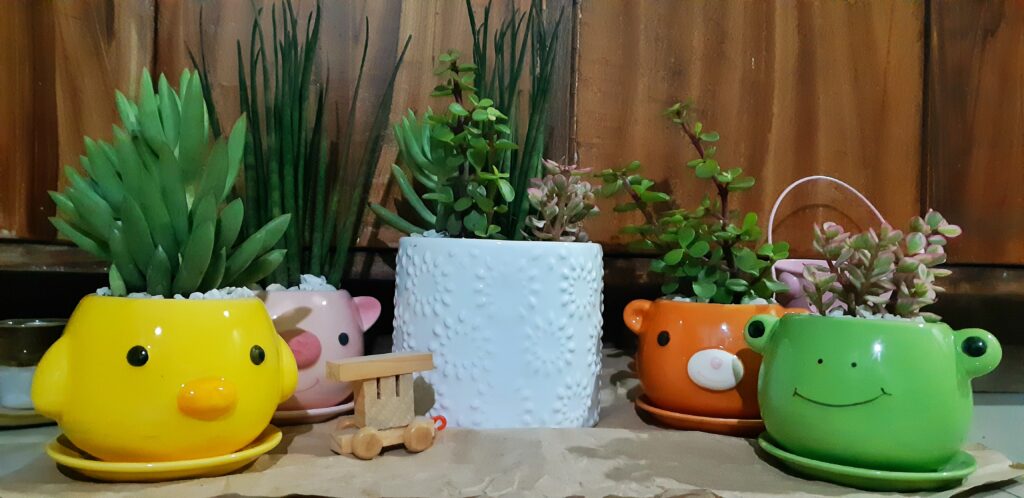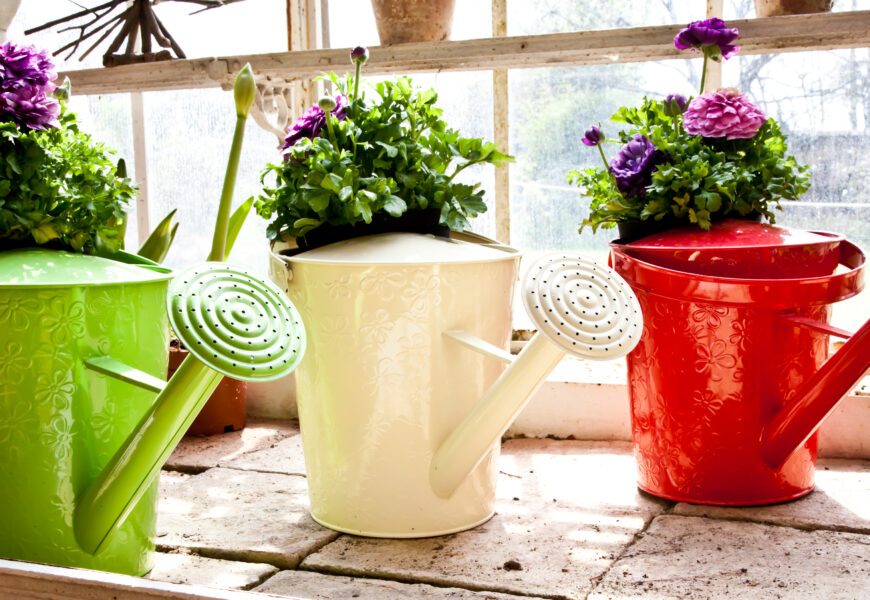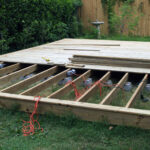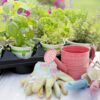Are you looking to create a beautiful garden without breaking the bank? Upcycling everyday items into garden features isn’t just budget-friendly—it’s also an eco-conscious way to add character to your outdoor space. In this guide, we’ll explore innovative ways to transform ordinary household items into garden treasures.
Transform Your Trash into Garden Treasures
Before you toss that broken ladder or those empty wine bottles, consider their potential in your garden. Upcycling isn’t just about saving money—it’s about reducing waste while creating unique garden features that reflect your personality. The best part? Most of these projects require minimal tools and expertise.
Creative Containers for Plants
Your home is probably full of potential planters waiting to be discovered. Old boots, worn-out wheelbarrows, and vintage colanders can become charming homes for your flowers and herbs. Here are some popular items to consider:
- Kitchen Items: Transform old teapots, cooking pots, and colanders into unique planters. Their built-in drainage makes them perfect for succulents and herbs.
- Furniture Pieces: That broken dresser drawer? Turn it into a raised bed for vegetables. Old wooden chairs can become beautiful flower displays.
- Industrial Items: Paint old tires in bright colors for durable outdoor planters, or use metal toolboxes for industrial-chic herb gardens.

Building Garden Structure with Reclaimed Materials
Creating garden structure doesn’t require expensive materials. Look around your home or local salvage yards for these useful items:
Vertical Gardens and Trellises
- Wooden Pallets: Clean and paint them for vertical herb gardens or flower displays
- Old Ladders: Position them against walls for climbing plants
- Wire Bed Springs: These make excellent trellises for climbing vegetables
Garden Pathways and Borders
Transform broken concrete pieces, old bricks, or ceramic tiles into charming garden paths. Use wine bottles, turned upside down, to create whimsical garden borders. Even old books, sealed properly against moisture, can become unique stepping stones.
Tips for Successful Upcycling
Remember these key points when starting your upcycling journey:
- Always clean items thoroughly before use
- Ensure proper drainage for plant containers
- Apply weather-resistant finishes to protect materials
- Consider the weight of filled containers when positioning them
- Check that materials are food-safe if growing edibles
Safety and Maintenance
While upcycling is exciting, keep these safety considerations in mind:
- Avoid materials that might leach harmful chemicals
- Ensure structures are stable and secure
- Apply anti-rust treatments to metal items
- Create proper drainage to prevent water damage
Seasonal Considerations
Different seasons require different approaches to upcycled gardens:
- Spring: Focus on creating planters and starting seeds
- Summer: Add shade structures and water features
- Fall: Prepare winter protection for delicate items
- Winter: Work on indoor projects and plan next season’s layout
Your upcycled garden will continue to evolve as you discover new ideas and materials. The key is to start small and let your creativity guide you. Remember, there’s no “wrong” way to upcycle—each garden is unique to its creator.





